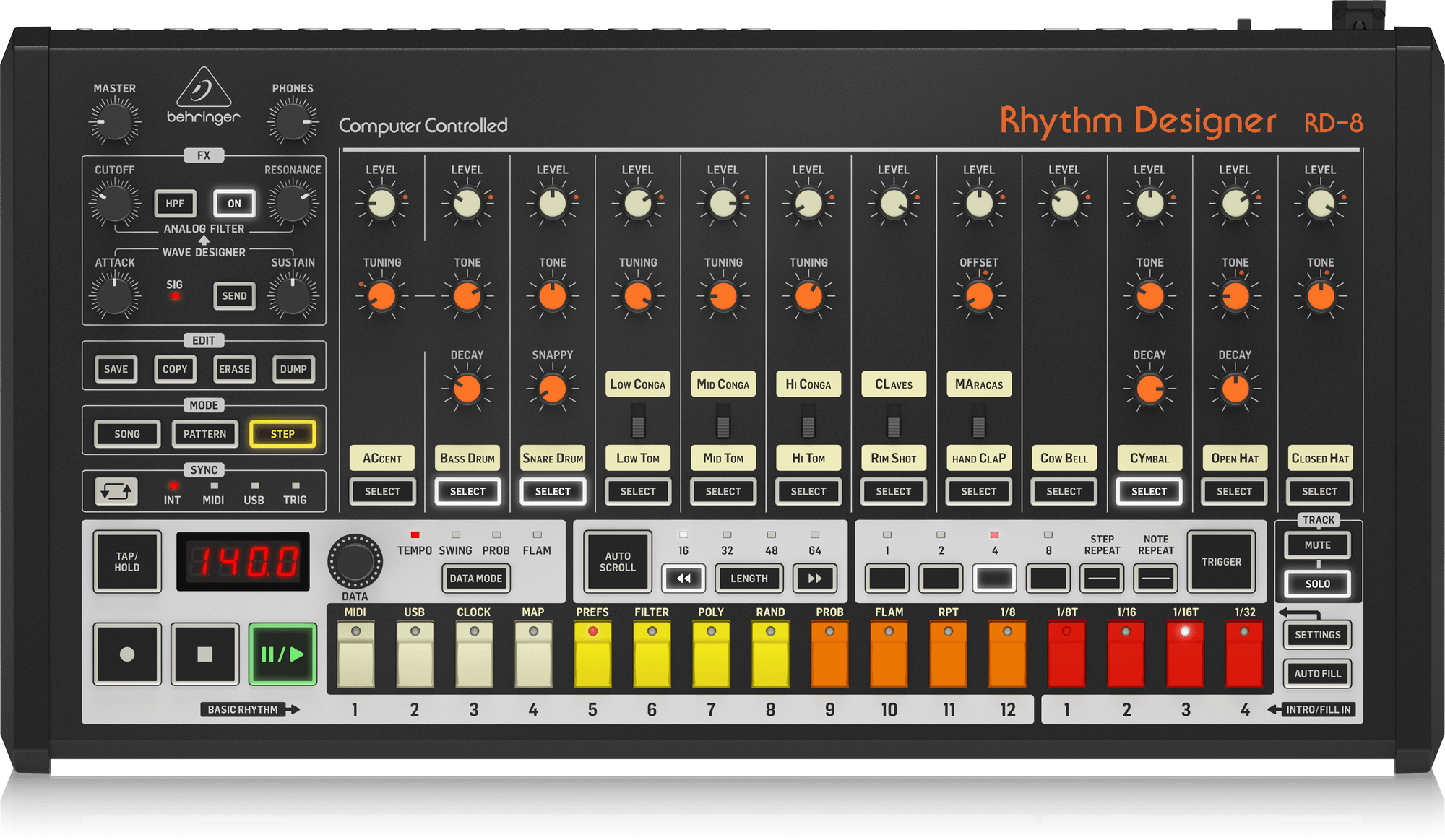


Just get an MPC one and a kenton thru box and you will be set. Since you can get some MPC’s for pretty good prices, like an MPC one, that would be the way I’d go about it. An MPC makes this whole exercise way easier, as would a Cirklon or similar device that can record MIDI notes and CCs. So for drum machines, it is best to use their onboard sequencers clocked by the ERM.
#Multiclock audio sync plugin Pc
But if you are sequencing drums or bass from your PC to hardware, it probably will. For pads and synths, this may not be a huge deal.

Without a hardware sequencer that can capture the sequences you made, your MIDI from the PC even going through the ERM will have some jitter in it. So then the MPC captures the sequence I made in the PC, but since the MPC is synced to the ERM, the MIDI that gets recorded gets quantized to whatever swing and note length I set, and everything plays in sync. What I do is send the MIDI to my MPC, and set that MPC track to record. I like to merge everything into the ERM’s DIN channel connected to my MPC. It can be routed in many ways on the ERM. It just passes it through the ERM to the connected devices. The ERM absolutely sends MIDI data but it is not synced. Ricky Tinez' video is also a weird situation as he's speaking mainly in his experience with daisy chaining, which again isn't applicable to me either. This ERM multiclock research is frustrating because all the youtube videos seem to have external sequencers controlling note info, so I can't figure out if the ERM can send midi notes and keep them synced as well. Using USB midi to my Behringer Model D for example, if I set 1/4 notes with a gate square wave, I can see there's there's still latency. I'm not sure if a midi cable going into the MIDI-in of the TR09 will actually be any better as it's still USB over midi to the midi interface (whereas I assume a multiclock would be constantly resetting it's midi clock to keep it in time).Ģ. Midi sync to my TR09 has been extremely unstable, it won't stay in time to my DAW at all. Right now I'm just using midi and what I've noticed is.ġ.

An added USB connection means that users can send MIDI messages from a DAW while simultaneously synchronizing with an audio clock.Hmm, I've done a ton of browsing and it's odd to me how some people seem to run midi interfaces like the iconnectivity and have no issues. The Multiclock can be synchronized with incoming MIDI clock, DIN Sync, or analog clock signals from a modular synthesizer system. Incoming audio signals are first converted into clock signals then routed to the Multiclock’s four outputs. Timing information is sent to the unit from an audio track of the DAW, a process aided by an included plugin. There’s also per-channel Hot-Plug&Play support for MIDI, modular clock, analog LFO, and DIN.Īdditionally, any unused channel can be utilized as a MIDI controller. The Multiclock consists of four independent channels, each with real time shift and swing parameters. The unit converts many kinds of clock signals into others, drives a Sync plugin via DAW, and is capable of acting as a master clock source. The E-RM Multiclock is a multifarious sync solution and interface designed as a one-stop-shop for the synchronization of compatible audio devices.


 0 kommentar(er)
0 kommentar(er)
